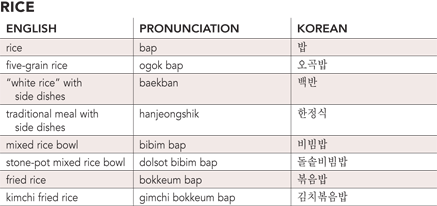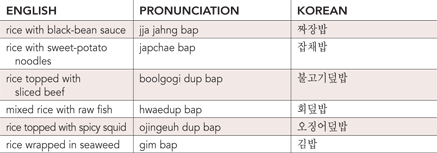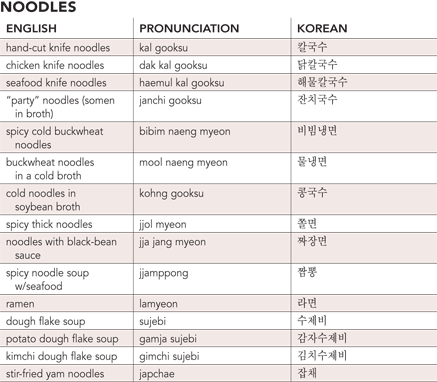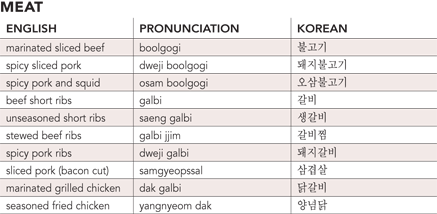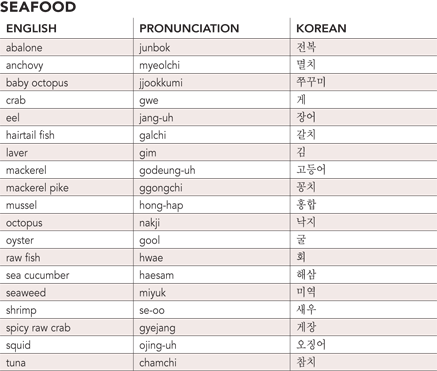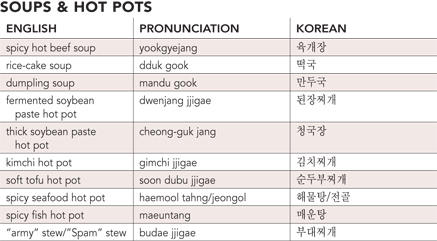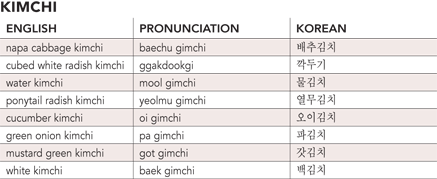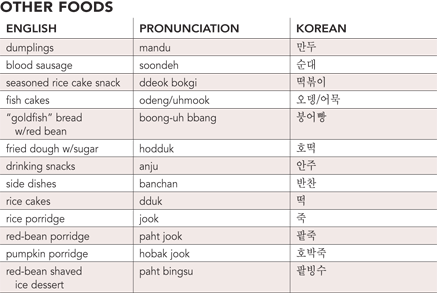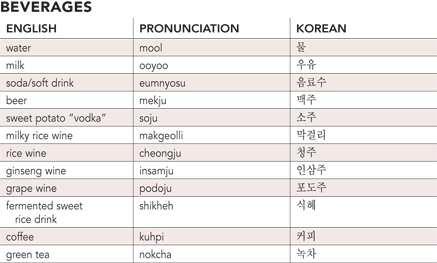Chapter 13: Useful Terms & Phrases
Although the classification of the Korean language is debated, many believe that it belongs to the Altaic language group, which includes Turkish and Finnish. Others describe it as a “language isolate,” which is exactly what it sounds like—a language unrelated to any others. The spoken language bears similarities to Mongolian and shares some words with Chinese and Japanese, but the written language is unique.
About 2,000 years ago, there were two distinct dialects on the peninsula, one spoken by the Goguryeo people up north and the other by the Baekje and Shilla residents in the south. When Shilla leaders unified the peninsula, they also produced one homogenized language from which modern Korean originated. Still, due to the difficulty in travel, regional dialects remain even today (about six major ones in all).
Korean grammar, pronunciation, and sentence structures are generally standard with fewer exceptions than the English language. The basic sentence structure is subject-object-verb, with verbs always ending a sentence. Many pronouns are understood and not often used, and there are no articles. Based on its long Confucian history, the language has two basic levels of speech—one to be used with your elders or superiors, and the other with your equals or subordinates. Most often the honorific is added to the verb endings. When in doubt, it’s always best to use the polite form.
The Korean Alphabet & Pronunciation Guide
The Korean alphabet (Hangeul) was invented in 1441 by a team of scholars under the reign of the Great King Sejong (Sejong Daewang). It is made up of 24 letters—14 consonants and 10 vowels. It is what is known in linguistic circles as a syllabary, which means that no letter can stand alone. At least one vowel and at least one consonant must be combined to make a syllable, and each syllable is written separately.
There are two problems with Romanizing Korean: (1) there is no standard and (2) some of the sounds in Korean don’t exist in English. The Korean government has introduced a better standard for approximating Korean sounds with the English alphabet, but some older towns and institutions still maintain the old spelling. I’ve generally followed the newer standard in the book, but tried to keep the spelling as close to how an English speaker would pronounce those letters.
The following is a simple guide to help with some pronunciation.
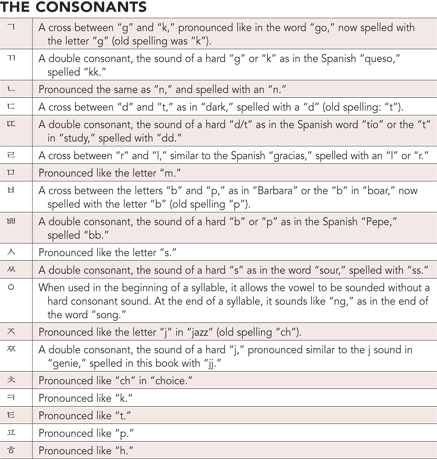
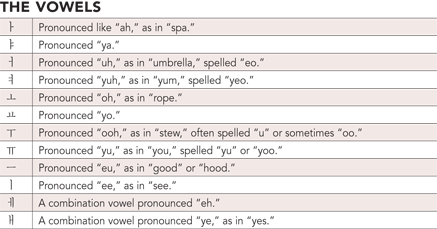

Basic Korean Phrases
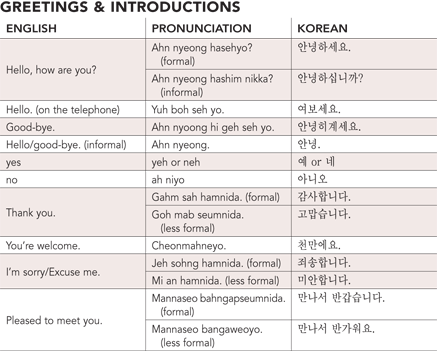
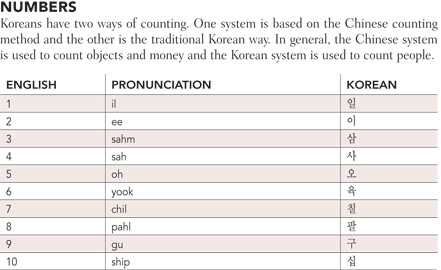
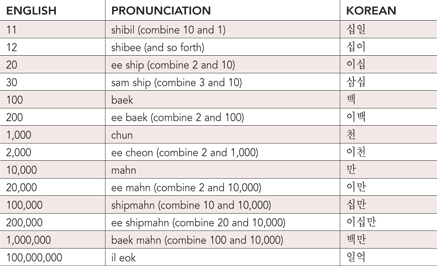
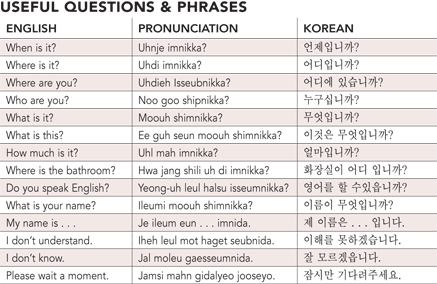
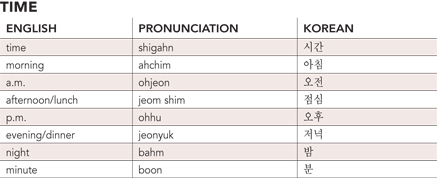
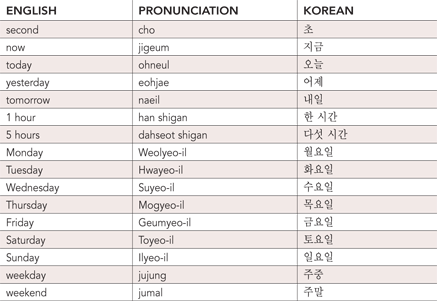
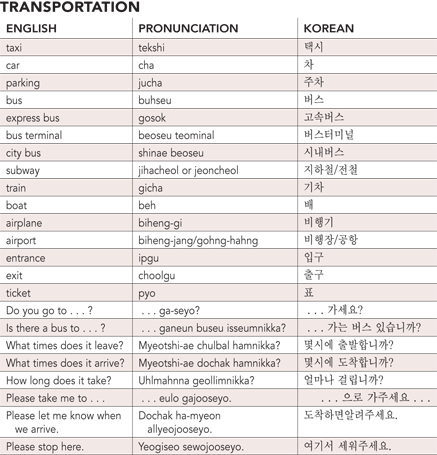
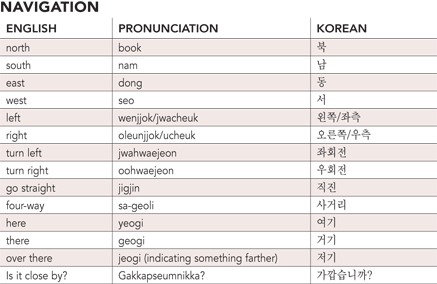

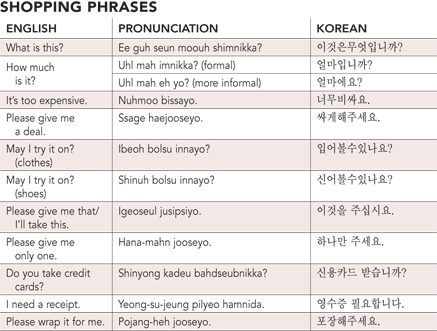
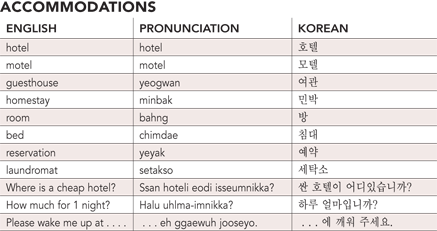
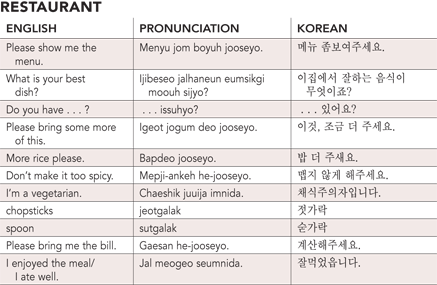
Popular Korean Menu Items
